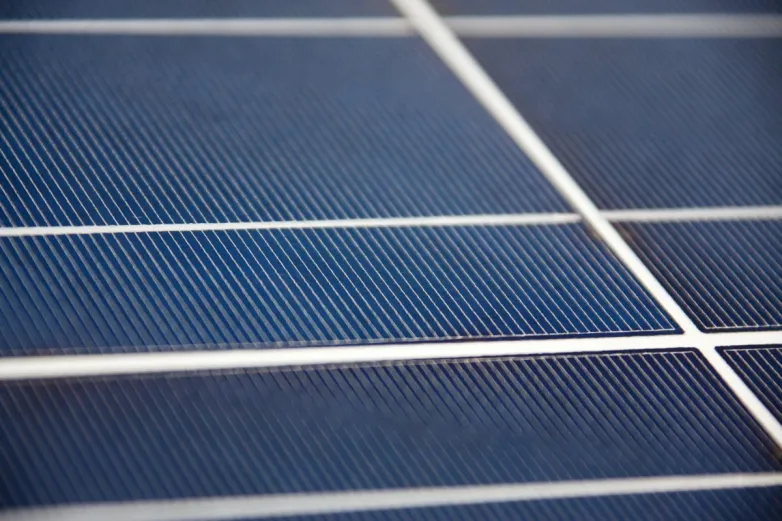The ‘butterfly effect’ of Chinese PV listings
- A recent study shows that PV costs have declined faster than any other energy technology over the past two decades. The researcher behind the study said this would not have been possible without the “butterfly effect,” which is based on the idea that a small change in one part of a complex system can have a large impact elsewhere. The researcher also attributed the the rapidly declining cost of PV to Chinese manufacturing and strong US investor support.

Photovoltaics would likely be too expensive for widespread deployment if not for Chinese manufacturing and strong US investor support, University of New South Wales Professor Martin Andrew Green has argued in a new study, How Did Solar Cells Get So Cheap?, published earlier this year on the ScienceDirect website.
The study is based on the theory of the “butterfly effect,” under which big events in one place can be triggered by small occurrences elsewhere. The concept is based on the idea that a butterfly flapping it wings in the United States could cause a typhoon in Japan.
‘Flapping wings’
The shift of PV production to China was caused by a series of events, including the listing of Chinese solar manufacturers on the New York Stock Exchange a few years before the onset of the 2008 global financial crisis, Green said.
“Before the Lehman Brothers bankruptcy in 2008, nine Chinese photovoltaic companies listed on U.S. exchanges, with these now forming the backbone of the photovoltaic manufacturing industry,” he said, acknowledging that current market leader JinkoSolar didn’t list its shares until 2010.
“This is where the butterfly’s gently flapping wings are evident, given the fragility of events enabling this shift,” Green said.
Four of the companies that listed shares before the crisis – Trina Solar, Canadian Solar, JA Solar, and Hanwha Q Cells – are still among the global PV industry’s top 10 manufacturers. The listings quickly contributed to oversupply, putting strong pressure on prices ever since.
“Companies fought to remain profitable, particularly between 2011 and 2013, where a second downward price surge is apparent, with many companies forced out of the industry at this stage,” Green wrote. Since then, according to the study, the industry has entered a more stable phase, with prices falling at a compounded rate of 20% per year.”
Suntech’s role
The paper also describes Suntech Power as a trailblazer in the massive transfer of technology and financial res
ources from Western economies to China, as it listed its shares on the NYSE in 2005. “This encouraged U.S. investors to search for other Chinese photovoltaic companies for listing and vice versa,” Green argued.
In particular, Green notes how
Shi, the founder of Suntech Power – and a PhD graduate of the University of New South Wales’s School of Photovoltaic and Renewable Energy Engineering – established the company’s first module production line in China in 2002 with the backing of the university itself.
“By supplying modules to Germany, his company Suntech grew quickly, attracting the attention of US investment banks,” Green said.
Also read


